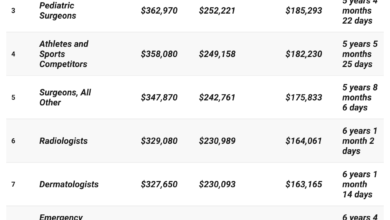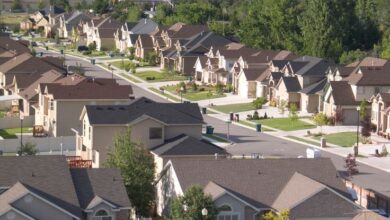Map of Median Household Income by Neighborhood in Cleveland,Ohio

Cleveland’s neighborhoods reflect stark economic contrasts, with median household incomes ranging from over $50,000 to under $15,000. This income disparity highlights the city’s ongoing economic challenges and revitalization efforts.
Cleveland, Ohio, is a city of contrasts—rich in history, culture, and economic diversity. The city’s neighborhoods showcase a wide range of household incomes, highlighting areas of affluence alongside communities facing economic hardship. Based on recent data, median household incomes vary significantly across different parts of Cleveland, shedding light on the economic landscape of the city.
Highest-Income Neighborhoods
Several neighborhoods in Cleveland boast median household incomes above $50,000, indicating relative economic stability and prosperity.
- Hopkins ($53,042) and Kamms Corners ($50,821) lead the list with the highest household incomes in the city. These areas, located on Cleveland’s western edge, have long been known for their strong middle-class presence, suburban feel, and access to employment opportunities.
- Other moderately affluent neighborhoods include Downtown ($38,803) and Tremont ($38,603), both of which have seen revitalization efforts, new businesses, and a surge in residential developments.
Middle-Income Neighborhoods
Many Cleveland neighborhoods fall into the middle-income bracket, with median household incomes ranging from $27,000 to $37,000. These areas include:
- Ohio City ($32,545) and Lee-Seville ($32,775), both of which have a mix of historic charm and ongoing development projects.
- West Boulevard ($33,198) and Old Brooklyn ($39,511), which maintain a mix of working-class and middle-class residents.
These neighborhoods offer a blend of affordability and access to essential amenities, making them attractive to families and young professionals.
Lower-Income Neighborhoods
On the other end of the spectrum, several Cleveland neighborhoods struggle with significantly lower household incomes, often below $25,000. These areas include:
- Central ($17,744), Kinsman ($13,785), and Union-Miles Park ($18,580)—neighborhoods that have faced long-term economic challenges, including high poverty rates and limited job opportunities.
- Hough ($19,278) and Fairfax ($19,020), which have historically been affected by economic downturns but are experiencing some redevelopment efforts.
The income distribution across Cleveland’s neighborhoods highlights the city’s economic divide. While some areas benefit from investment, economic opportunities, and stable housing markets, others continue to face poverty and financial struggles. The revitalization of certain neighborhoods, such as Tremont and Ohio City, shows promise, but more efforts are needed to support underprivileged areas like Kinsman and Central.
Cleveland’s future depends on inclusive economic growth, where investments in infrastructure, education, and job creation can help bridge the gap between high-income and low-income neighborhoods. Addressing these disparities will be key to building a more equitable and prosperous city for all residents.




